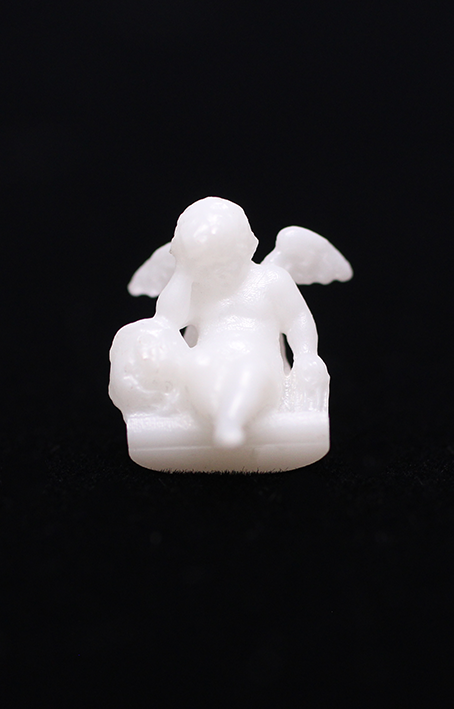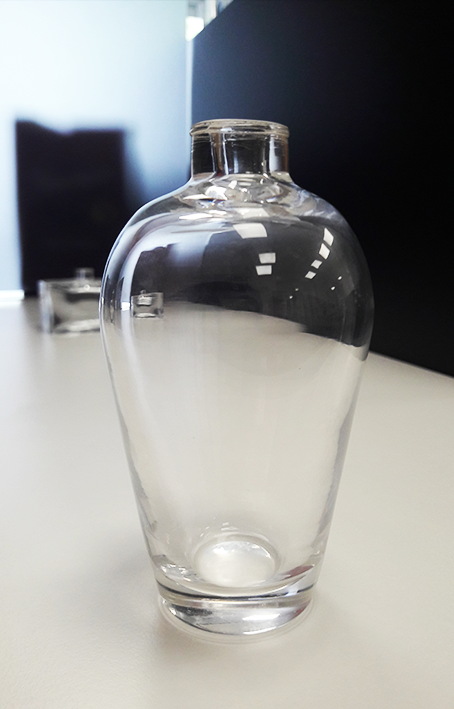Ceramic is often associated with tableware, but it finds applications in many other industries such as medical devices, luxury and manufacturing at large.
Ceramic présents notable properties that these industries can look for : hardness, biocompatibility, dimensional and chemical stability, mechanical resistance, low density, abrasion and corrosion high resistance. Ceramic is therefore much sought after as an AM material by R&D services and manufacturing labs.
Ceramic objetcs can be 3D printed with additive manufacturing processes. SLS transforms a compressed dry powder, while a kind of SLA works from a liquid state.




